Parenting in the 1960s was a whole different world, filled with practices that would raise eyebrows today. Many of these rules were based on the norms of the time but have since been debunked or replaced with safer, healthier, and more empathetic approaches. Here’s a look at 16 surprising examples.
Letting Kids Ride in Cars Without Seat Belts

In the 1960s, seat belts were more of a suggestion than a necessity, and many families didn’t even think to use them. It wasn’t unusual to see kids bouncing around the backseat, standing on the floor of a moving car, or even lying on the rear dashboard during long drives.
Sending Kids Outside for Hours Without Supervision

Parents believed in the power of fresh air and freedom, often sending their kids outside for the entire day with little more than a casual reminder to “be back by dinner,” and there were no cell phones to check in or GPS trackers to keep tabs on them, and yet no one seemed overly concerned. Children roamed neighborhoods, climbed trees, and explored creeks without a single adult in sight.
Smoking Around Children
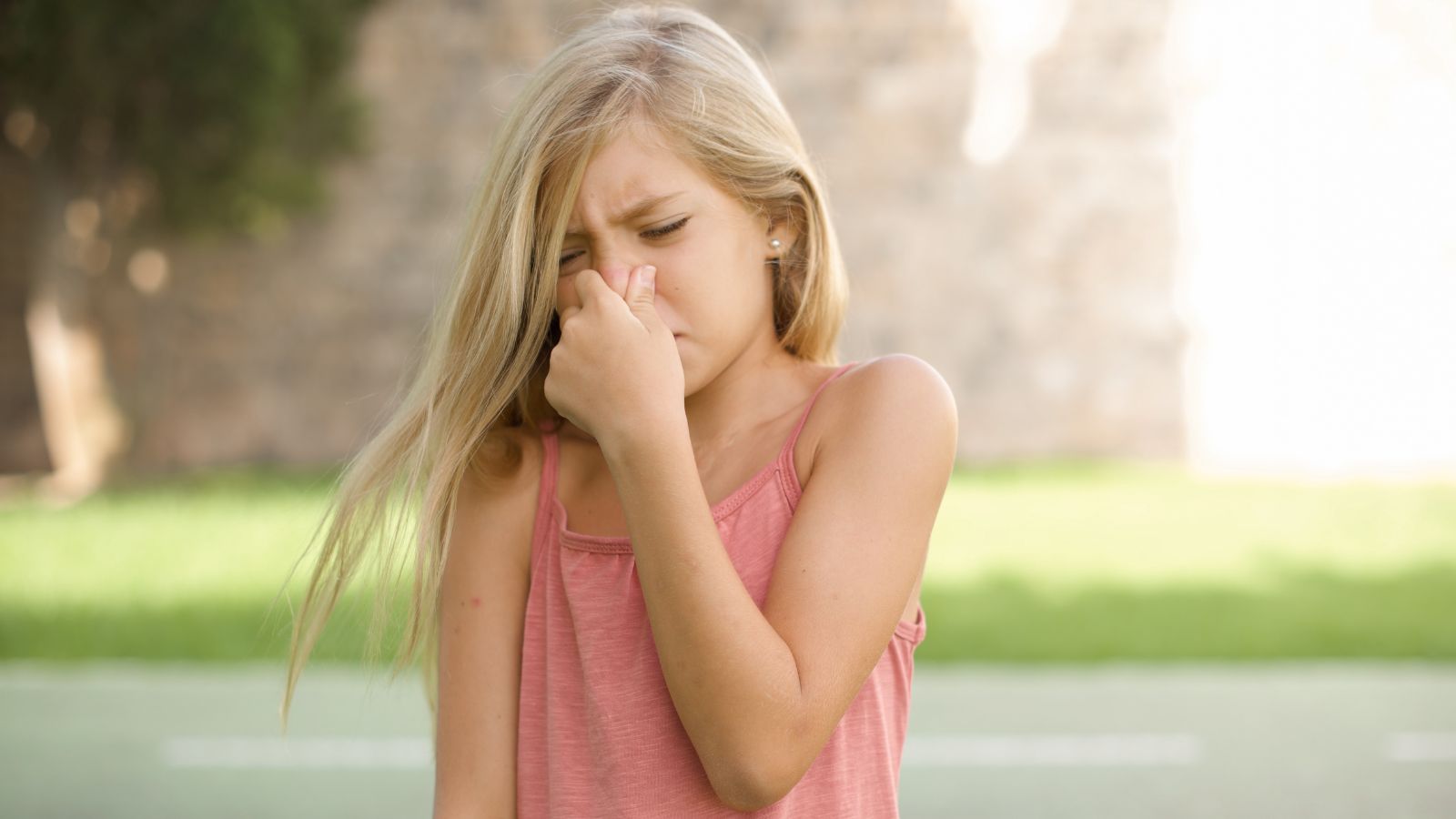
Babies were cradled in one arm while a cigarette smoldered in the other, and ashtrays were as common as coffee tables in living rooms back in the ‘60s. The smell of cigarette smoke clung to curtains, furniture, and clothes, but it was just part of the norm, and it wasn’t until decades later that the serious dangers of secondhand smoke came to light.
Giving Babies Watered-Down Formula or Evaporated Milk

Before modern formula became widely available, moms and dads relied on homemade concoctions to feed their babies, often using a mix of evaporated milk, water, and a bit of sugar. While it seemed like a practical solution at the time, these mixtures lacked many of the essential nutrients that babies need to grow and thrive.
Leaving Babies to Cry It Out for Hours
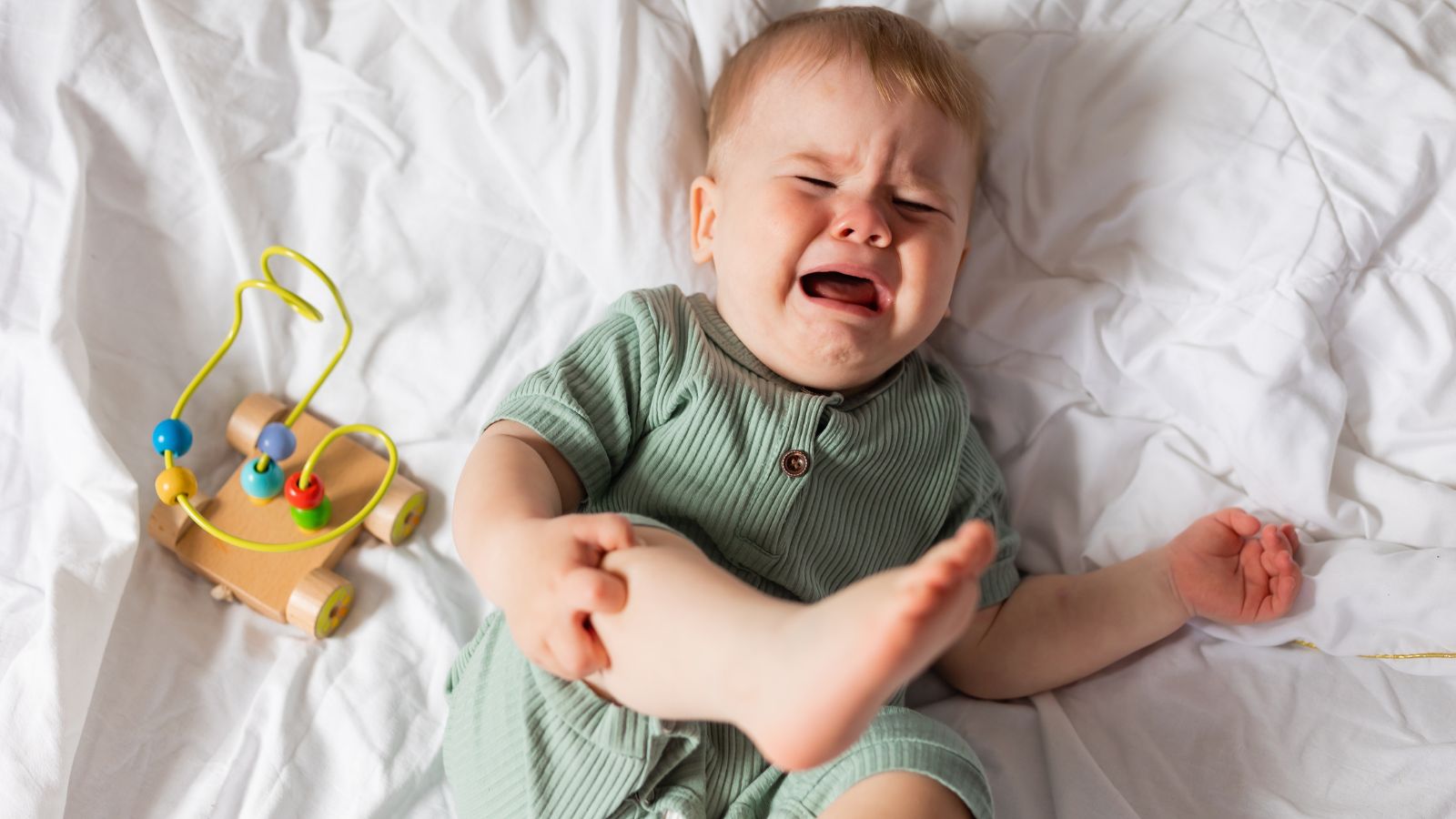
“Let them cry it out” was a mantra that many parents in the 1960s swore by. The idea was that responding too quickly to a baby’s cries would “spoil” them or make them overly dependent, and as a result, many babies were left to cry alone in their cribs for extended periods, with parents believing it was for the best.
Using Harsh Physical Punishments Without Question

Corporal punishment wasn’t just limited to parents—teachers and other authority figures often had the same approach, making it a nearly universal practice. In recent years, research has shown the negative long-term effects of such punishment, leading to a significant shift in how children are disciplined today.
Serving Kids TV Dinners or Canned Meals Every Night

Convenience foods were a hallmark of 1960s parenting, with TV dinners leading the charge, and these prepackaged meals were seen as a modern marvel, allowing parents to serve dinner with minimal effort. Children would sit in front of the television with a tray of food, eating meals that were high in sodium, preservatives, and artificial flavors.
Letting Kids Drink Soda Like Water
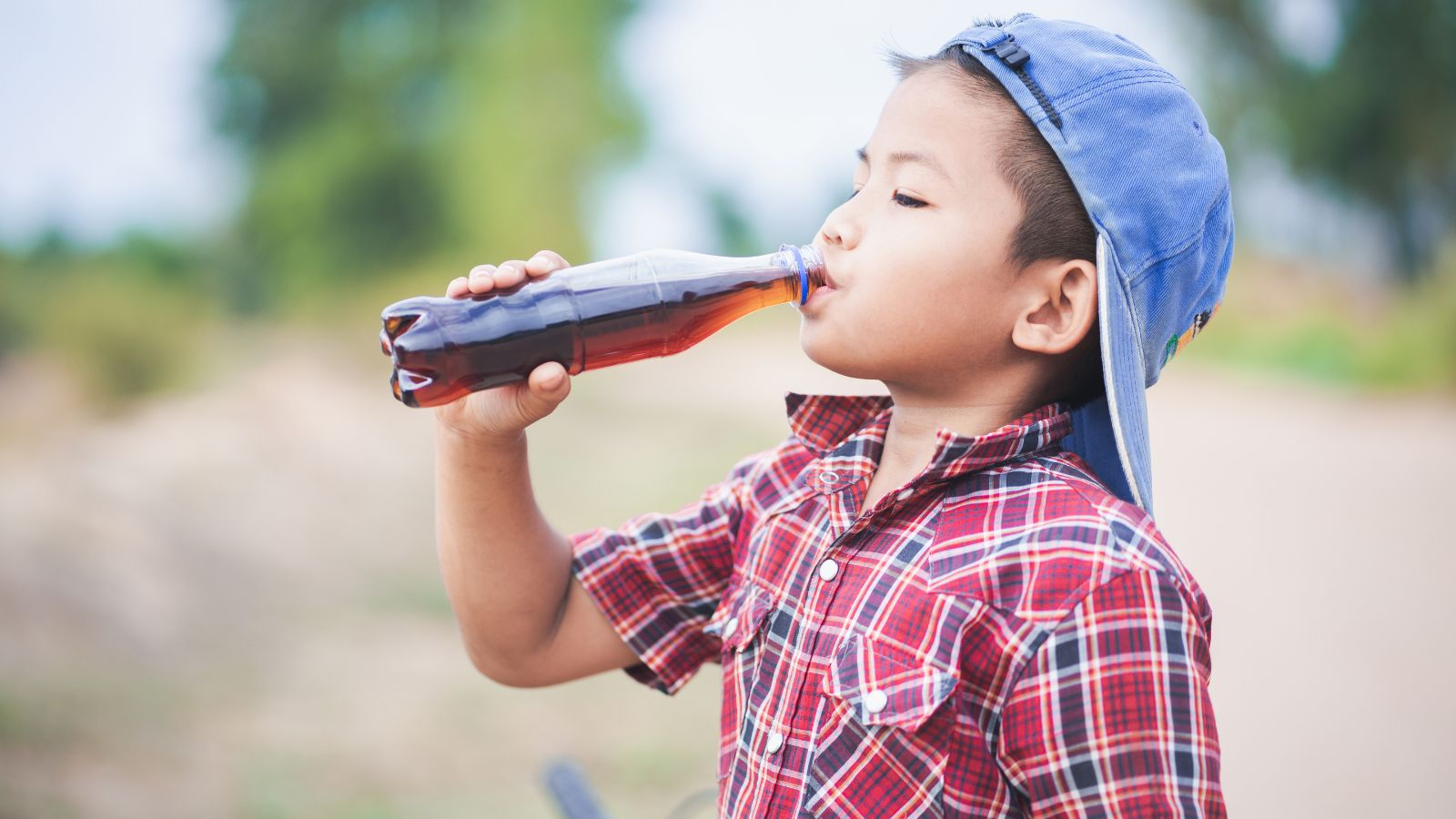
Parents didn’t think twice about letting their kids have multiple sodas a day, as the health risks of sugar-laden drinks weren’t widely recognized; furthermore, it wasn’t uncommon for soda to be poured into baby bottles or offered to toddlers during celebrations. Now, with a much greater understanding of the links between sugar, obesity, and dental health, parents are far more likely to push water or milk as the go-to beverages for their children.
Using No Sunscreen or Protective Measures Against the Sun

Back then, sunscreen wasn’t widely used, and when it was, it was more about getting a good tan than preventing sunburn. Kids returned home red-faced and peeling, often hearing the phrase, “It’ll turn into a tan in no time,” while wide-brimmed hats and regular reapplications of sunscreen were practically unheard of.
Expecting Kids to Be “Seen and Not Heard”

Respect for authority was paramount in this decade, and this often translated into a strict rule: children were to be “seen and not heard.” Adults dominated conversations, and children were expected to sit quietly and listen, especially during social gatherings.
Skipping Car Seats Altogether
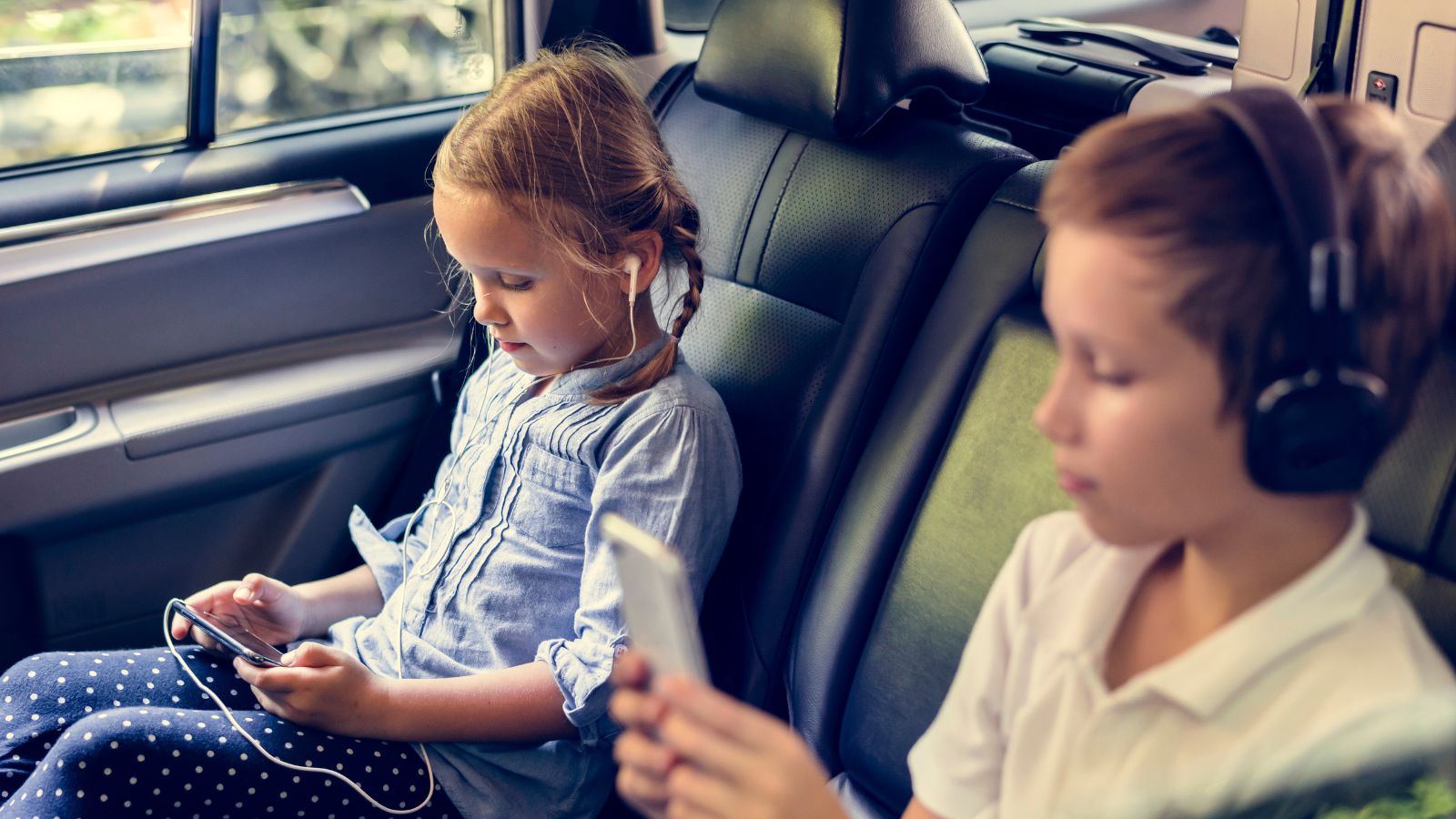
Car seats for babies and young children were either nonexistent or so basic they were more like a novelty than a safety feature, and this meant babies often rode on a parent’s lap, or toddlers sat unrestrained in the backseat. Modern legal requirements for car seats have made such lax practices seem unimaginable today.
Putting Babies to Sleep on Their Stomachs

Advice about infant sleep has changed drastically since the 1960s, when parents were encouraged to place babies on their stomachs to sleep. This position was thought to reduce the risk of choking, but we now know it significantly increases the risk of sudden infant death syndrome (SIDS).
Ignoring Food Allergies as “Picky Eating”
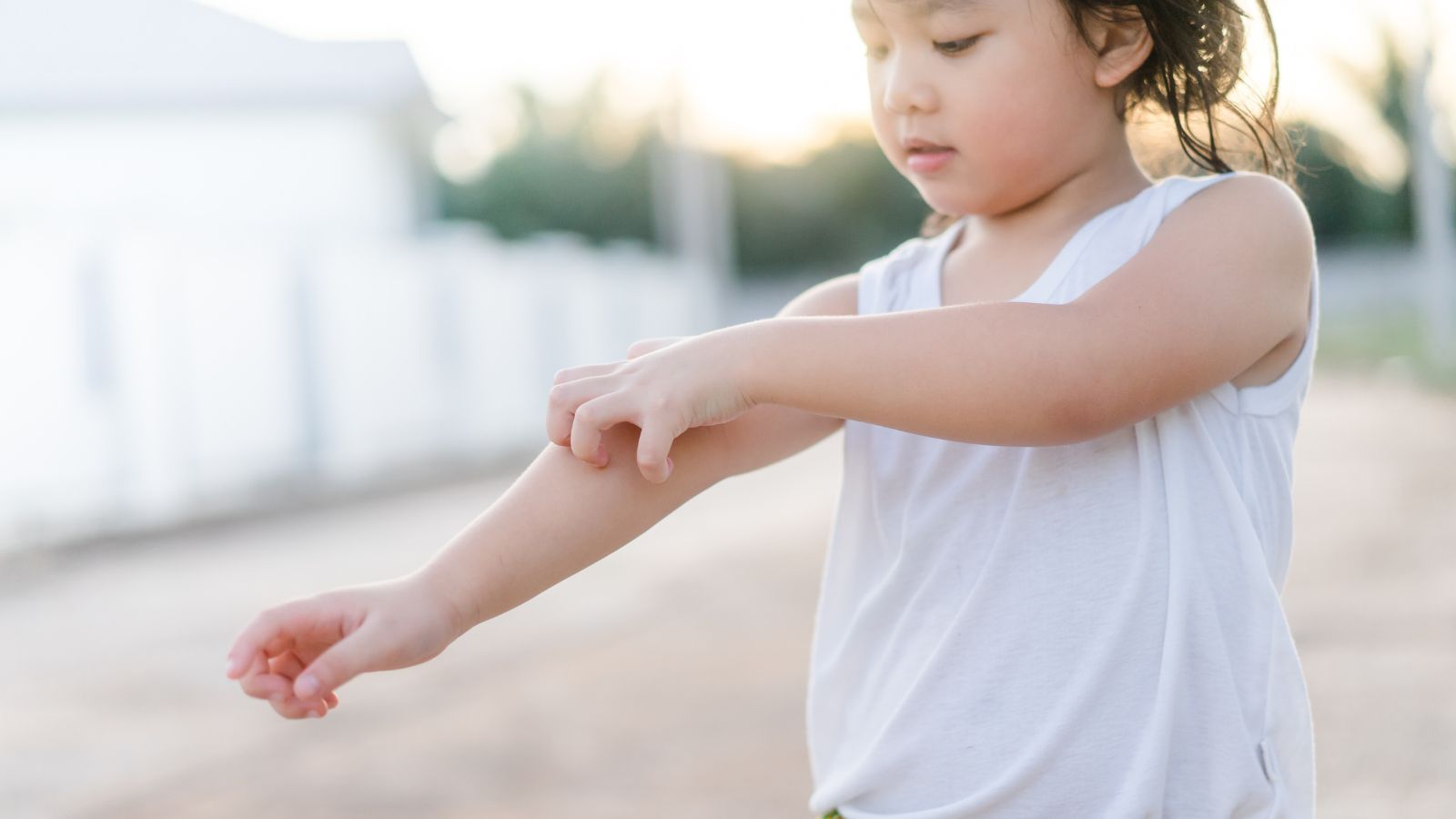
Over time, the growing awareness of life-threatening allergies, along with improved diagnostic tools, has transformed how parents and schools handle the issues of what was once thought to simply be “picky eating”. The contrast between then and now highlights just how much knowledge has progressed.
Encouraging Kids to Walk to School Alone
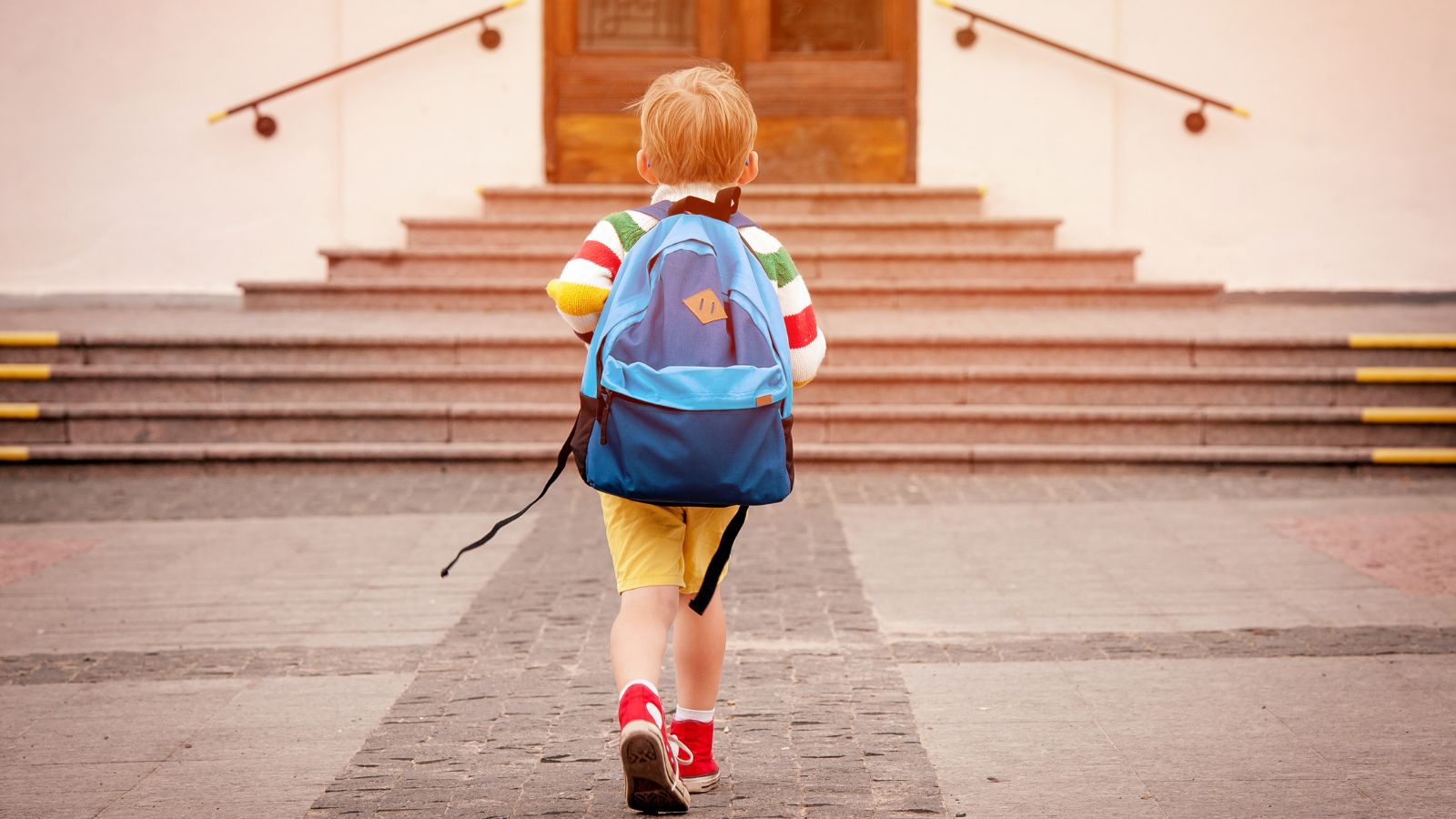
Walking to school was a rite of passage for many kids—even for those as young as five or six years old—and mothers and fathers trusted that their children could make the journey alone or with siblings, often without any concern about traffic or strangers. This independence was seen as a normal part of childhood, but today’s parents are far more cautious, opting for supervised walks.
Minimal Supervision of Fireworks

This decade saw children handling fireworks such as sparklers, firecrackers, bottle rockets, and even larger pyrotechnics with very little, if any, adult supervision. Fireworks were seen as a fun and harmless way to celebrate holidays like the Fourth of July or New Year’s Eve, and safety precautions were often minimal.
Using Alcohol to “Calm” Teething Babies

Believe it or not, some parents in the 1960s used a dab of alcohol—usually whiskey or brandy—to soothe a teething baby’s gums. It was a common home remedy, passed down through generations, and few stopped to question whether it was truly safe, yet today, this practice is viewed as both dangerous and unnecessary, understandably.
